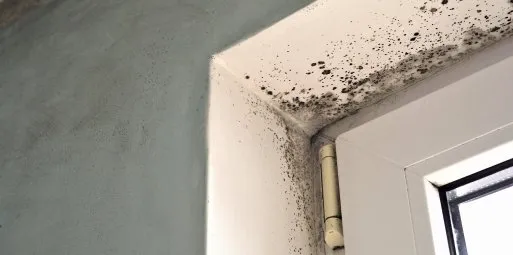A wet ceiling can be a homeowner’s worst nightmare. Whether it’s due to a roof leak, a plumbing issue, or a natural disaster, a ceiling with wet drywall can be a cause for concern. But the big question is, “Does wet ceiling drywall need to be replaced?” In this article, we’ll explore the factors to consider when dealing with wet ceiling drywall and whether replacement is the only option.

Understanding the Impact of Water on Drywall
Before we delve into whether wet ceiling drywall needs replacement, it’s important to understand how water affects drywall. Drywall, also known as gypsum board or plasterboard, is a common material used for interior walls and ceilings. It consists of a core of gypsum plaster sandwiched between layers of paper.
When drywall gets wet, it undergoes structural changes. The paper covering becomes saturated and loses its strength, while the gypsum core can crumble and weaken. Additionally, wet drywall can become a breeding ground for mold and mildew, posing health risks and further compromising its integrity.
Assessing the Severity of the Damage
Whether wet ceiling drywall needs replacement depends largely on the severity of the damage. Here are some factors to consider:
- Extent of Moisture: If the drywall is only slightly damp and the moisture source has been addressed promptly (e.g., fixing a leak), it may be possible to salvage the drywall through proper drying techniques.
- Duration of Exposure: The longer drywall remains wet, the more damage it sustains. If the wetness has persisted for an extended period, the chances of successful restoration decrease.
- Mold Growth: If mold has started to grow on the wet drywall, it may be necessary to remove and replace the affected sections to prevent health issues and further structural damage.
Read too: What Can Cause a Leak in the Ceiling
Restoration vs. Replacement
Now, let’s explore the options of restoration and replacement for wet ceiling drywall:
- Restoration: If the damage is minimal, and the drywall has not become structurally compromised or infested with mold, restoration may be a viable option. This involves drying the affected area thoroughly using dehumidifiers and fans, followed by repainting or patching as needed.
- Partial Replacement: In cases where only a portion of the ceiling drywall is significantly damaged, it’s possible to remove and replace only the affected sections while preserving the rest of the ceiling.
- Full Replacement: If the drywall has been extensively damaged, saturated for an extended period, or is infested with mold, full replacement is often the safest and most effective solution. This ensures that you have a clean, structurally sound ceiling.
The Importance of Professional Assessment
Determining whether wet ceiling drywall needs to be replaced or can be restored is not always straightforward. It requires a thorough assessment by a professional contractor or restoration expert. They evaluate damage, check health risks, and offer tailored recommendations.
Preventing Future Ceiling Drywall Damage
To avoid the headache of dealing with wet ceiling drywall in the future, consider these preventive measures:
- Regular Maintenance: Schedule regular inspections of your roof, plumbing, and ceiling to catch potential issues early.
- Address Leaks Promptly: If you notice a leak or water damage, address it immediately to prevent further damage to your drywall.
- Proper Ventilation: Ensure your home has proper ventilation to reduce moisture buildup.
- Install a Leak Detection System: Invest in a leak detection system that can alert you to water leaks before they cause significant damage.
Conclusion
Dealing with wet ceiling drywall can be a challenging and stressful situation for homeowners. Whether replacement is necessary depends on the extent of the damage and the presence of mold. It’s crucial to seek professional assessment and advice to make an informed decision. Address the issue promptly and take preventive measures to save time, money, and avoid future wet ceiling drywall headaches.